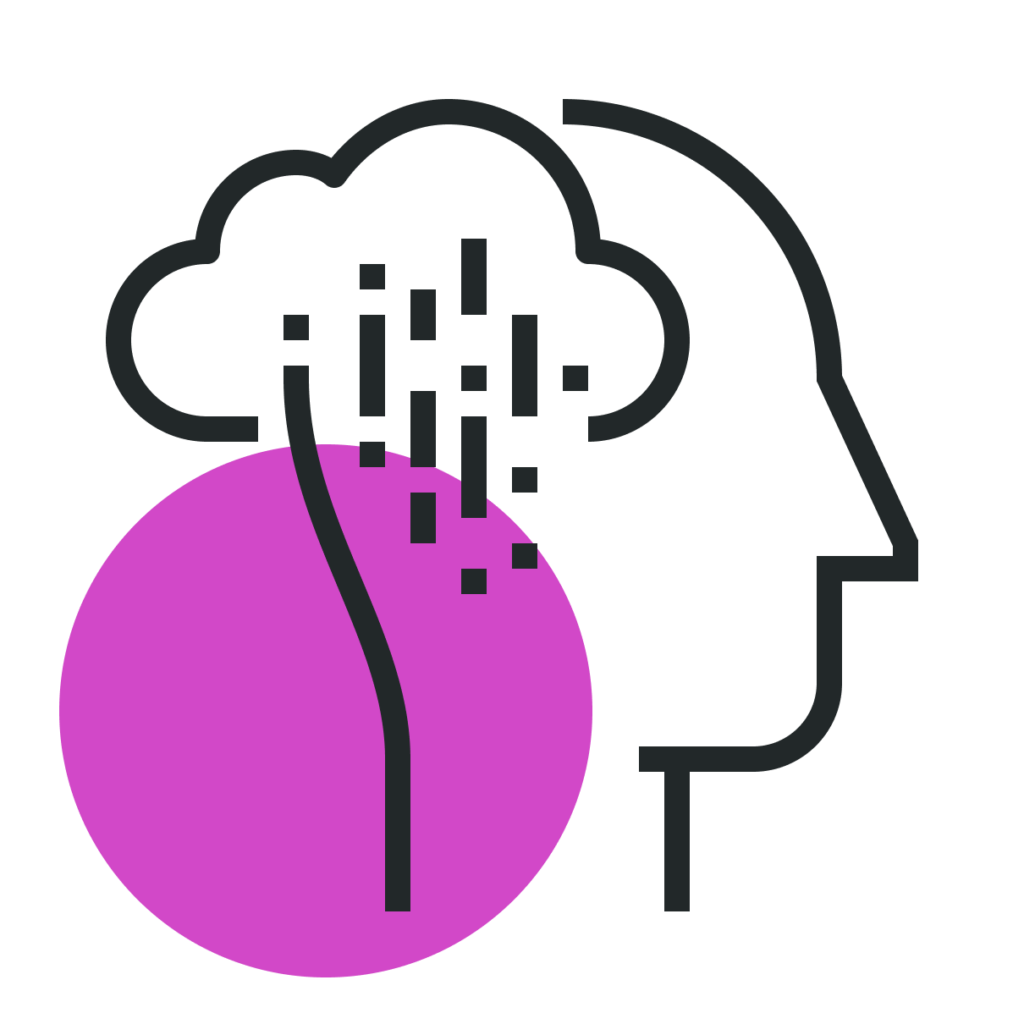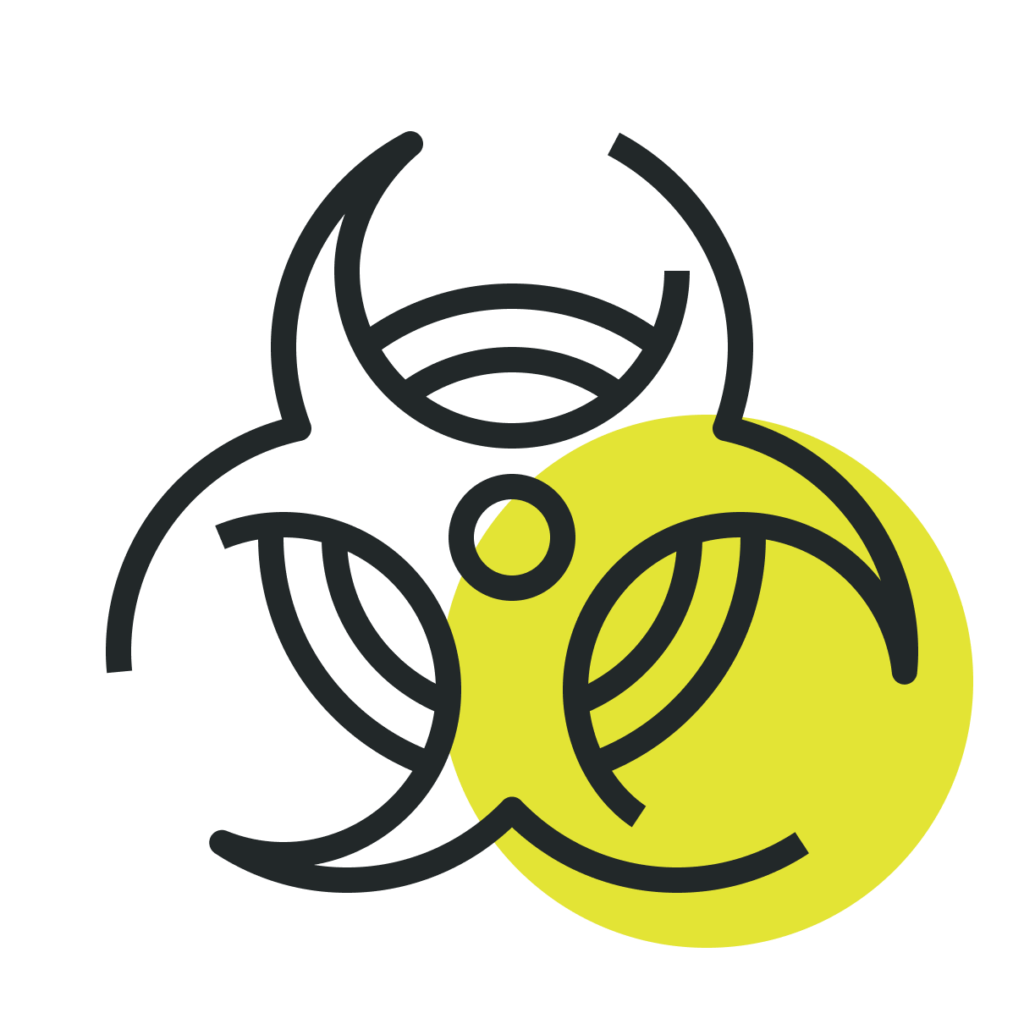Your cart is currently empty!
🎯 Here are some key takeaways:
Understand the impact of negativity
Allowing negative issues to linger can lead to a downward spiral in morale and productivity. Recognizing that negative sentiments can have a disproportionate impact compared to positive ones is crucial.
Encourage open, positive communication
Promoting a team culture where positive news, progress, and successes are shared and celebrated can help balance the often automatic focus on the negative.
Encourage risk-taking and innovation
Creating a safe space for experimentation and accepting that failure is part of the learning process can help mitigate the fear-driven aspects of Negativity Bias.
Be mindful of communication tone
The way feedback and critiques are communicated can significantly impact how they're received. Strive for a constructive and supportive tone during code reviews and design critiques.
Have empathy and understanding
It's important to approach negative sentiments with empathy and understanding. Acknowledging and validating team members' feelings can help in addressing the root causes of negativity and in finding effective solutions.



